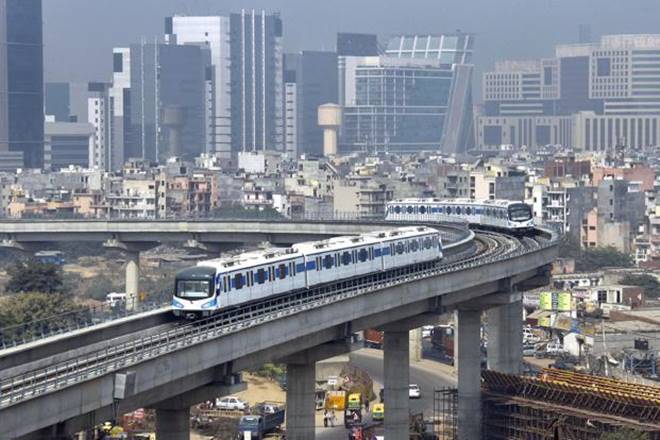For India, the 21st century will be the century of urbanization. The number of people that are moving from villages to cities to look for new opportunities are growing exponentially. The cities offer a much better quality of life in terms of education, jobs, information, and social empowerment. The developing countries of the world like India, China, and Brazil are urbanizing rapidly. People in villages have limited employment opportunities like agriculture and small businesses, but agriculture cannot sustain a large section of the population because productivity is very low. In recent years, the produce in agriculture increased substantially but due to lower consumption, the prices came down, ultimately hurting the farmers’ interests.
If people move to cities in large numbers and if there are no new cities, then they will be forced to move to metropolitans like Delhi, Mumbai, and Kolkata etc. These metropolitan cities have reached the pinnacle of their capacity, and therefore the new movers will no longer have the opportunity to grow will be forced to live a ghettoized life in the slums of the cities, as is the case today. The traffic in these cities is so messy that cars run an average speed of not more than 20-30km per hour. Therefore, the country needs new cities which will be new avenues for growth and will present opportunities to people. Sensing the opportunity for new cities, Haryana government has planned a new city called New Gurgaon. This city will be larger than Chandigarh, which was the first planned city in independent India. New Gurgaon will be built on Public Private Partnership (PPP) model and is expected to be spread across an area of 50,000 hectares.
According to a report by The Indian Express, New Gurgaon will be located south of New Delhi and will share boundaries with the Gurgaon-Manesar urban area to the North and the Aravalli hills to the North-East. The city will be built under the supervision of Haryana State Industrial and Infrastructure Development Corporation (HSIIDC), the state government agency which prepares plans for the development of the state. The master plan for the city has been prepared by a consultant finalized by HSIIDC. The consultant will prepare the zoning regulations for the proposed city including various development control regulations, height restrictions, ground coverage, setback regulations and global land use based Floor-Area-Ratio. Along with zoning regulations, the consultant is also tasked with road network plan, metro rail plan, required rail and road linkages and public transportation for the proposed city. The planned city will be connected to the neighboring urban centers through national and state highways, the Kundli-Manesar-Palwal (KMP) Expressway and other major districts roads.
The Haryana government’s plan to build a modern city equipped with social and physical infrastructure will prepare the state for the challenges of urbanization in the upcoming decades. That urbanization will increase at a faster rate is inevitable, so it will be better for the governments to prepare themselves for urbanization rather than halting the process. During the six decades of Congress rule, India had been a reluctant urbanizer; it tried to prevent the process by providing jobs in villages through schemes like MGNREGA. Some of the founding fathers like Mahatma Gandhi were critical of urbanization and industrialization, and their ideologies hindered the economic growth of India for decades. There is concrete evidence that urbanization is helpful in the economic growth of the country, therefore, if India is serious about achieving a double-digit economic growth, it should work towards urbanizing the country. New cities like New Gurgaon will be avenues for growth and innovation, which will lead India on its way to becoming an economic superpower.
